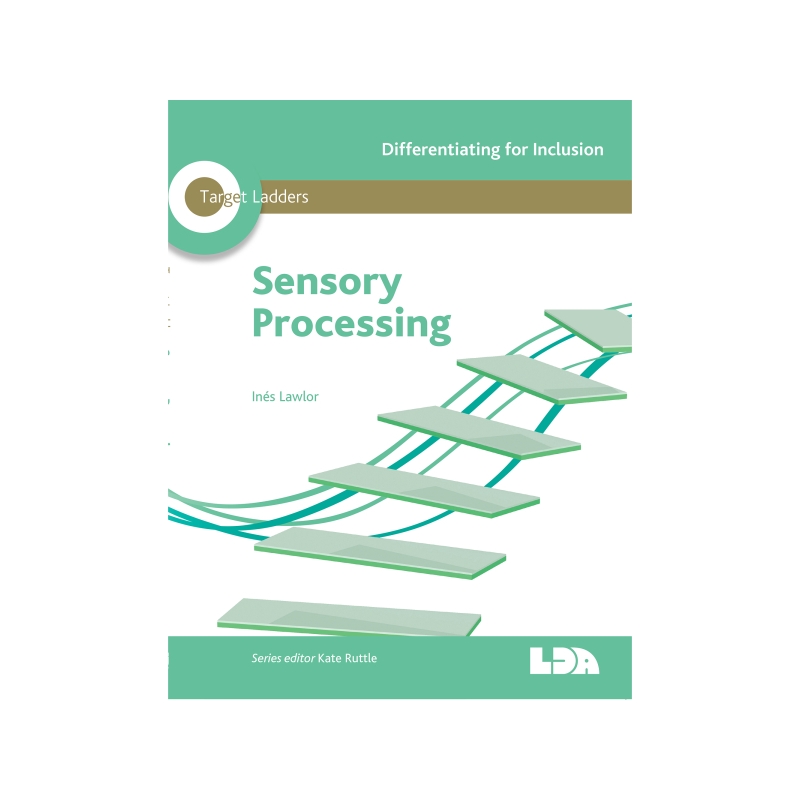Multi-Sensory
Target Ladders Sensory Processing
Code:10041

Overview
Children with difficulty processing sensory information may overperceive (notice too much) or underperceive (not notice) sensory signals. To others they may appear to overreact or underreact. However, the child's response is usually in proportion to what they are experiencing through their senses. Inaccurate processing of this information can affect a child's ability to access school curriculum and their ability to learn.
Using Target Ladders Sensory Processing will enable teachers, teaching assistants and SENCOs to identify appropriate learning goals for independent learning, to adapt the suggested strategies or ideas for their own pupils, and to begin to impact on the children's sensory processing needs in order to close the gap between these children and their peers.
Written by Ines Lawlor, Target Ladders: Sensory Processing provides 'small steps' targets and helpful strategies based on seven key aspects of challenge to help and support children with sensory processing difficulties:
- Aspect 1: Visual (sight)
- Aspect 2: Auditory (hearing)
- Aspect 3: Tactile (touch)
- Aspect 4: Vestibular (movement and balance)
- Aspect 5: Proprioception (body awareness)
- Aspect 6: Taste and smell
- Aspect 7: Interoception
-
Information
Children with difficulty processing sensory information may overperceive (notice too much) or underperceive (not notice) sensory signals. To others they may appear to overreact or underreact. However, the child's response is usually in proportion to what they are experiencing through their senses. Inaccurate processing of this information can affect a child's ability to access school curriculum and their ability to learn.
Using Target Ladders Sensory Processing will enable teachers, teaching assistants and SENCOs to identify appropriate learning goals for independent learning, to adapt the suggested strategies or ideas for their own pupils, and to begin to impact on the children's sensory processing needs in order to close the gap between these children and their peers.
Written by Ines Lawlor, Target Ladders: Sensory Processing provides 'small steps' targets and helpful strategies based on seven key aspects of challenge to help and support children with sensory processing difficulties:
- Aspect 1: Visual (sight)
- Aspect 2: Auditory (hearing)
- Aspect 3: Tactile (touch)
- Aspect 4: Vestibular (movement and balance)
- Aspect 5: Proprioception (body awareness)
- Aspect 6: Taste and smell
- Aspect 7: Interoception
Product Enquiry
Please provide your contact information below and we will get back to you as soon as possible.
![[Website Title]](/rev-166/content/images/logo.svg)
![[Website Title]](/rev-166/content/images/logo-minified.svg)